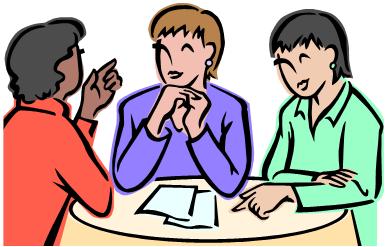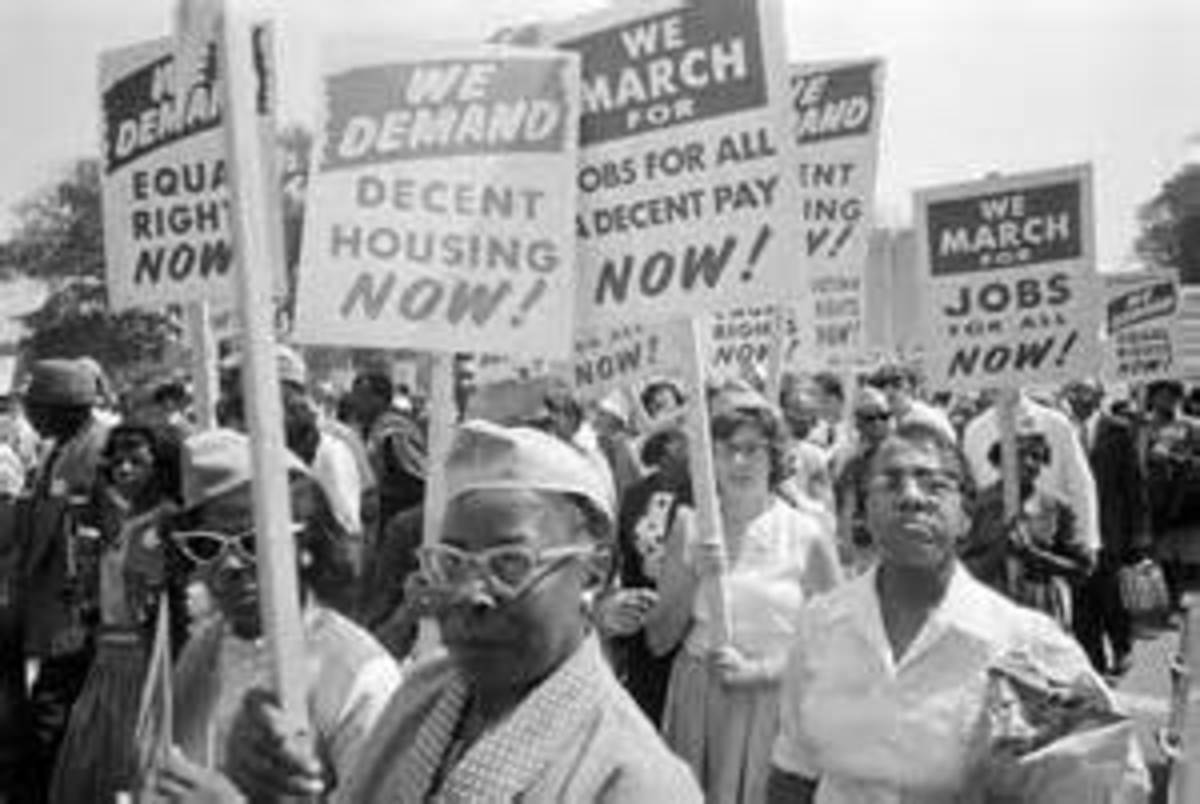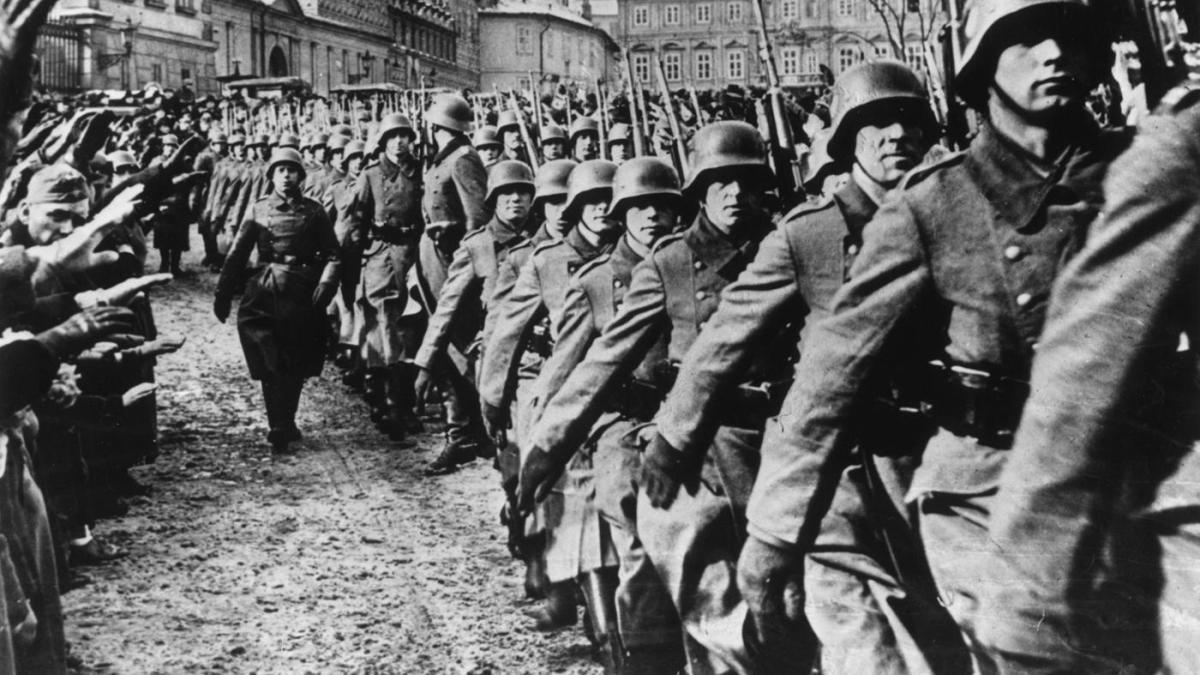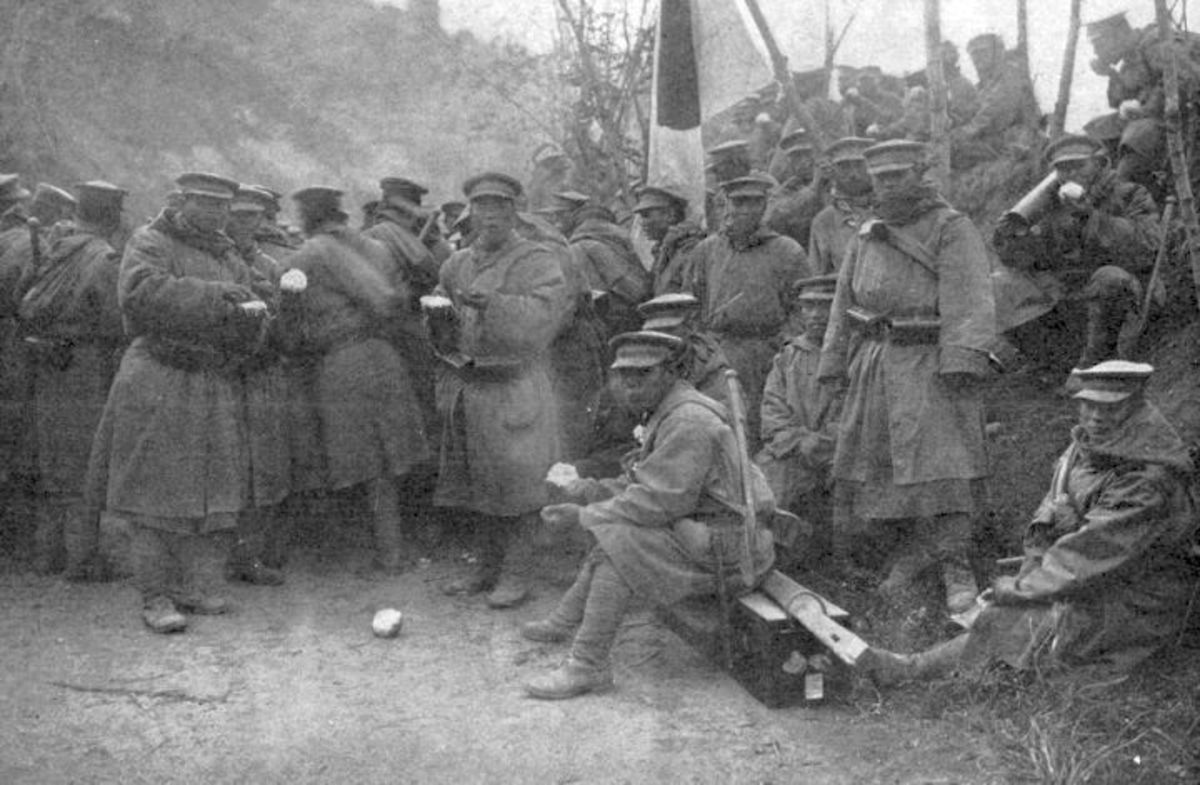- HubPages»
- Education and Science»
- History & Archaeology»
- History of the Modern Era
The History of Women's Rights in the United States

Women's Rights
Throughout history women had difficult times in life. They suffered for a long time. There existed sexual discrimination and a stereotype against women. An idea that “a woman’s place is in the home” (McLaughlin 17) came into being. Men believed that it was the wife’s duty to take care of the house and look after the children. This gave the female population little opportunity to pursue their goals and dreams. Most of all, women were denied their rights.
“Women’s rights encompass the conditions of women’s entitlement to live their fullest potential as human beings in equality. Women’s rights are human rights that have been withheld from women because they are women. Women’s rights, more than a quest for technical equality are the struggle for the liberation of women” (Encyclopedia Americana 108k). This has been the main issue of women’s fight for equality and freedom in politics and employment.
Women were determined to take back what was theirs. They wanted to live their lives in peace and prosperity. Most of all, they wanted to enjoy their lives just as anybody else. Over the years the struggle for equality has proven to be very successful. Little by little women began to gain their rights and to this day have almost everything for which they have wished. Their history, though, is one of struggle, determination and courage. Women have been oppressed by men throughout history and today still are to some extent.
Women and Politics
Politics has been one issue of struggle for women. One of the duties of a United States citizen is to participate in the national election. This privilege had been denied to women. They were not allowed to go to the polls and cast their vote for the desired candidate. Women had been denied this right for a very long time. “Men claimed that married women had no independent income and thus should not be allowed to vote. By 1807 the legislature passed a law restricting the right to vote to white propertied males” (Frost-Knappmann 3). Looking back at the history of the United States, one can see that only white males who owned property were allowed to vote. Five years after the conclusion of the American Civil War in 1865, the right to vote was granted to African Americans. This was in part due to the passage of the 15th Amendment to the United States Constitution. Women were still left out. “Bringing about change in the United States ultimately required new laws on the state and federal level. But women could not influence lawmakers without the vote. Their lack of political power weakened all other efforts, and so women continued their battle to get the vote” (Rappaport 169). So, for over fifty years, the female population of all races and ethnic groups battled together for political equality and their constitutional right as citizens of the nation.
Many women began to speak out against this injustice. In January of 1917, there was a parade in Washington, D.C, headed by the suffragists. They were determined to get some legislation passed that would give them the right to vote. As their next step, they sent petitions to Congress. In it they asked for a passage of a federal amendment to the United States Constitution. For the first time ever in May of that year, the suffrage amendment was under debate in Congress. In 1920, their battle was finally over. Congress passed the Suffrage Amendment, the 19th Amendment to the United States Constitution (Rappaport 170, 176).
Even though the battle for suffrage was over, women still continued to fight for their rights. According to Thomas Jefferson’s Declaration of Independence, “all men are created equal.” Today this includes both men and women. But a few centuries ago, this term referred only to the white male population. Therefore, women were not equal to men. Equality then was another issue of women’s struggle over the years. They wanted to be treated just like men and have the same rights and privileges as well. They were tired of being put down for so long. They wanted to pass an Equal Rights Amendment (ERA), thinking that this would solve their problems. This amendment was also under debate in Congress in 1923. Congress finally approved the ERA in 1973. This amendment was not ratified, though, and as a result did not become a law.
Were women suited for federal government positions? A national survey was conducted to see how men felt about this issue. “In the 1972 survey half the U.S. electorate felt ‘Women should take care of running their homes and leave running the country up to men,’ and sixty three percent believed ‘Most men are better suited emotionally for politics than are most women’” (Burrell 15). This survey clearly showed that those surveyed believed that women were not suited to participate in governmental institutions. At least that is how men felt. There were certain reasons why men did not want women to hold government positions. “Women in our society are considered to be dependent, emotional, child-like, passive, and nurturant, while men are considered to be relatively independent, rational, adult, active, and productive. Therefore, it is reasoned, men must make the decisions, although women may help carry them out” (Garskof 3). This idea was used to prevent women from holding political positions in public office. This was not necessarily true, since it did not apply to all the ladies. There were independent women who could take care of themselves. They, as well as men, were capable of making the important decisions and carrying them out. Their leadership skills were not worse than those of the males. If women were allowed to participate in politics, their skills might have proved to be very useful and effective.
“Resistance to women in high-level office did not prevent them from being active in party politics” (Hartmann 152). A great deal of work was accomplished by women at the local level of government. Election clerks and inspectors were the jobs of women in city government. They had the opportunity to direct and plan what they wanted to accomplish. On national committees there existed equal representation among the males and the females. Some positions that were available to women included campaign workers and also local and state committee members. Since in 1940s women already had the right to vote, the party leaders tried to increase the influence of women within the two political parties.
It was uncommon for a woman to engage in politics. Those who wanted to pursue their political careers and actually succeed had to overcome many obstacles. Those included stereotypes about female abilities, personalities and traditional roles in society. Having to prove to the American public that they possessed the same kind of leadership skills as men, women also had to show their strength (Burrell 15).
Women have come a long way in the area of politics. Unlike in the past, women of the 20th Century have much greater freedom and participation in the political world. They can hold government positions if they choose to do so. There is greater female participation in the federal government. Being part of Congress, they serve as representatives and senators of states. They even have the right to serve on the federal bench as U.S Supreme Court Justices. For the first time ever the President’s Secretary of State is a lady by the name of Madeline Albright. This is the highest position held by a woman in the political arena. Today, it is common for women to engage in politics. Everything is not perfect though. Women still cannot govern the nation. Becoming either president or the vice-president of the United States is still a dream for the female population. Men to this day think that women are not suited for this position. They are too emotional and in times of crisis will not be able to succeed.
Women and Employment
Employment had been another struggle among women. For a long time a woman’s job was inside the home. The women ran the household and the men working outside the home, provided for the family. Men tried to make enough money so that their wives did not have to find outside jobs. The duties of a woman involved cooking, cleaning and taking care of the children, the basic expectations of men. This was an unpaid domestic job. Women began to challenge the old idea that “a woman’s place is in the house” (Garskof 3). They began to search for jobs, and more and more women began to work outside the home. “An adult woman was expected to marry and take care of the children…. For most of history, women who deviated from this pattern were viewed with contempt or pity” (Klein 5). Those women who worked in a place other than the home were thought to be failures because they broke the tradition that existed for many centuries.
Participation in outside labor kept increasing and existed even at the times of the Great Depression. During this tragic period, women’s working conditions were not very good though. Women’s employment opportunities were restricted and were different compared to those of men. Many employers did not hire women into their companies denying them the right to work. Men were hired before women especially for those jobs that paid a living wage. The percentage of females working in professional careers decreased during the 1930s. Women worked long hours throughout the day, but were paid low wages for their hard work. They also had different benefits.
One of the few jobs that were available to young women was school teaching. They were only allowed to hold this job for about two years. They earned half the salary that was given to the male teachers. They were also denied from holding any high position of authority in the school. This meant that they were unable to serve as principal or vice-principal of the school. The good thing was that the ladies were actually respected for holding this kind of a job.
Participating in the work force was not so easy for the married female population. The males were against their wives working anywhere but at home. “The three most frequently cited reasons for opposing married women’s work were that it took jobs otherwise filled by men, that the woman’s place is in the home, and that children were healthier and home life happier if women did not work” (Ware 27). Men disapproved of their wives working outside the home. Since they were the ones that were employed and provided for the family, men thought that it was unnecessary for their wives to have any other jobs.
Working in the business field, women faced prejudice. Most women in business worked as office workers. They were not equally represented at all the levels in this field. Women had no professional jobs. They were denied higher education. Since no colleges accepted them, women were unable to get professional training needed for those kinds of jobs. For instance, without having education or training in the medical field, females could not become doctors because of the lack of experience. The same went for other professions, such as lawyers, and dentists. Some ladies managed to get higher education. “The educated woman was looked on with derision and suspicion for stepping outside the domestic sphere” (Banner 4). Any woman with higher education was disliked and criticized. Going to school meant leaving the household and as a result the female domestic jobs would be neglected. That would also break the female tradition that existed for many centuries.
The female population benefited during wartime. Women gained more opportunity to work outside the home. For the first time ever, women were given the chance to participate in the armed forces, a result of World War II. They were able to work as nurses, caring for the wounded soldiers. There was more responsibility in their hands. Besides having to run the households while their husbands were off defending the nation, women had other tasks to take on such as managing the businesses and estates. Many female contributions to both the war and the nation were not recognized in legislation. Even though women had new roles in society, their status declined.
Today, women have much greater equality and justice than in the past when it comes to employment. They have access to higher education and can pursue their careers in the medical field as well as many other professions. They have more work benefits and are treated more fairly than before. The salary earned by females is higher and closer to those of men. There are still some areas of employment where the number of employed women is very low. These include mechanics, carpenters, firefighters, and movers. Men think that women are not suited for these types of jobs. When it comes to being a mechanic, men believe that females do not know anything about cars and will be unsuccessful. Other jobs require people that are very strong. Males are stronger than females, and once again they tend to think that they are best for these jobs.
The past and present history of women is one of oppression by a group none other than men. Over the years women have experienced so many difficulties. They faced many stereotypes and were discriminated against. They were denied their rights, being treated unfairly in many areas of society. Two of these areas are politics and employment. Women have struggled for many centuries to take back what was theirs. Women’s rights then, were the main issue of women’s struggle for equality.
Works Cited
Here is a list of all the works cited in this article:
- Banner, Lois W. Women in Modern America: A Brief History. New York: Harcourt Brace Jovanovich, 1984.
- Burell, Barbara C. A Woman’s Place Is in the House. Michigan: The University of Michigan Press, 1994.
- Encyclopedia Americana. Vol 26. Grolier Incorporated, 1996.
- Frost-Knappmann, Elizabeth. Women’s Suffrage in America, an Eyewitness History. New York: Facts on File, 1992.
- Garskof, Hoffnug Michelle. Roles Women Play. California: Wadsworth Publishing Company, Inc., 1971.
- Hartmann, Susan M. The Home Front and Beyond: American Women in the 1940s. Boston: Twayne Publishers, 1982.
- Klein, Ethel. Gender Politics. Massachusetts: Harvard University Press, 1984.
- McLaughlin, Steven D. The Changing Lives of American Women. North Carolina: The University of North Carolina Press, 1988.
- Rappaport, Doreen. American Women: Their Lives in Their Own Words. New York:Thomas Y. Cromwell, 1990.
- Ware, Susan. Holding Their Own: American Women in the 1930s. Boston: Twayne Publishers, 1982.
© 2014 Lena Kovadlo





